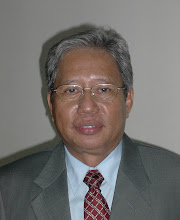The fishing port modelled after its counterpart in Skagen, Denmark, is situated on 35.1 hectares of land, and it has a 600 m wharf that run parallel to Rajang River. The RM 332 million fisheries port alsp facilitates downstream activities that are expected to help Sarawak as a leading fisheries center of the region. One of the state-of-the-art facilities is the 7,020 square metres cold room to store fish and the ice plant with 150 metric tonne daily capacity. Conduit from the ice factory supply ice cubes directly to the vessel berthed at the jetty. There is also a 3,402 square metres fish marketing hall, and a separate 10,800 square metres building to process the fishes (Borneo Post, March 13, 2007).
Map of Sarawak River Basins Sarawak State is part of Borneo island and has been divided into 21 river basins, as follows: Kayan, 1,645 km2 Sg. Sarawak, 2,375 km2 Samarahan, 1,090 km2 Sadong, 3,550 km2 Lupar, 6,510 km2 Saribas, 2,200 km2 Krian, 1,500 km2 Lower and Upper Rajang, 47,880 km2 Oya, 2,195 km2 Mukah, 2,275 km2 Balingian, 2,510 km2 Tatau, 5,260 km2 Kemena, 6,100 km2 Similajau, 660 km2 Suai, 1,540 km2 Niah, 1,280 km2 Sibuti, 1,020 km2 Baram, 22,930 km2 Limbang, 3,950 km2 Trusan, 2,615 km2 Lawas, 1,050 km2. for more information please visit https://did.sarawak.gov.my/web/subpage/webpage_view/315

Comments